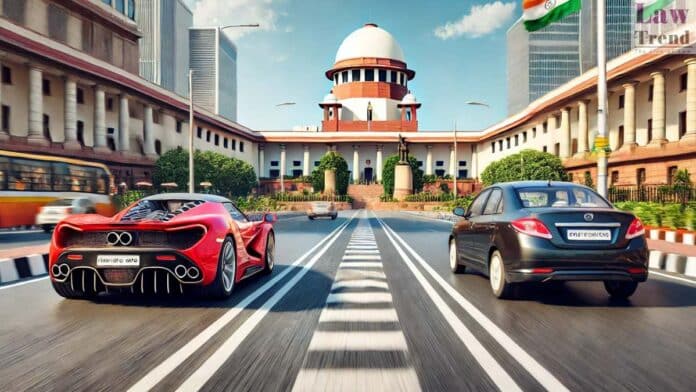The Supreme Court of India, addressing what it termed a “national emergency,” has issued a comprehensive set of directions to central and state authorities to tackle the rising number of road accident fatalities in the country. A bench of Justices J.B. Pardiwala and K.V. Viswanathan, hearing a public interest litigation filed in 2012, mandated time-bound
To Read More Please Subscribe to VIP Membership for Unlimited Access to All the Articles, Download Available Copies of Judgments/Order, Acess to Central/State Bare Acts, Advertisement Free Content, Access to More than 4000 Legal Drafts( Readymade Editable Formats of Suits, Petitions, Writs, Legal Notices, Divorce Petitions, 138 Notices, Bail Applications etc.) in Hindi and English.







